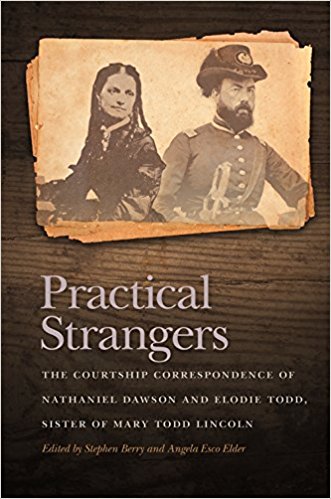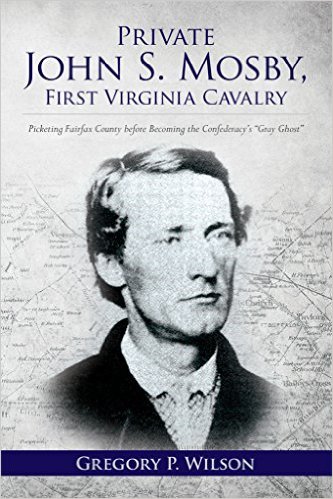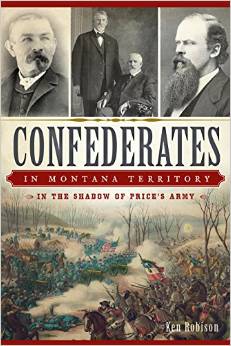Few states receive as much historical examination as Texas. The Lone Star State has been known to inspire intense admiration and extreme revulsion—and in the latest scholarly look at Texas’s storied past, Benjamin Heber Johnson has mastered his subject, balancing the good, the bad, and the ugly in his tale of Texan transformation. Texas: An American History departs from many of its historiographic forbears in its brevity, a quality that renders the book intensely readable and constantly compelling. Johnson does not waste time or space in this recounting of Texas’s journey from a Spanish possession to northern outpost of an independent Mexico, to a turbulent period as an upstart republic and, finally, to becoming the 28th state in 1845. For 15 years Texas remained content in the Union, before joining ten of its southern brethren in a rebellion against the United States. After Appomattox (though not without resistance), Texas returned to the federal fold, where it has remained (perhaps begrudgingly) ever since.
The greatest challenge of writing about Texas is the separation of truth from myth. Much of that myth centers on the era of the Texas Republic and its creation story. We all must—Texan or not—remember the Alamo. Johnson could not write a history of Texas without giving some space to the stories of the state’s founding fathers—Stephen F. Austin, William Barret Travis, Sam Houston, Jim Bowie, Davy Crocket, et al.—but he does not allow them to hog the limelight. Rather, Johnson invites readers to consider how Texas’s founders capitalized on the arrival of enslaved people in the future Lone Star State. How Texans gained confidence in their ability to be an independent nation based on the flourishing of slavery. How the young state’s borders were expanded in a baldly imperialist war to increase slavery’s potential footprint. And, finally, how some 70,000 Texans took up arms to defend slavery in a war Sam Houston reviled, with 20,000 or more laying down their lives between 1861 and 1865. Thanks to newer works such as Andrew Torget’s Seeds of Empire (UNC Press, 2015), historians have only recently gained a true understanding of the scope of slavery in Texas. Johnson is not grinding an axe when it comes to centering slavery in his narrative but rather synthesizing the best modern scholarship on the subject—and disrupting tradition in the process.
Johnson is also among the first comprehensive chroniclers of Texas to give greater attention to the state’s postbellum history than its more familiar pre-Civil War past. Texas: An American History asserts that to understand Texas in the twenty-first century, we should begin in Reconstruction. And within that mire of legal, social, and political change, we must look closely at Juneteenth, and the ways in which the sudden arrival of freedom at Galveston in June 1866 transformed the state’s racial landscape. Or, at the very least, thrust the questions of racial equality and the building of a multicultural society to the fore as Texas looked to rebuild after Appomattox. Despite the celebratory status attached to Juneteenth today, Johnson chronicles the flight of many Black Texans from Texas during Reconstruction, as white residents lashed out against racial equality. While many African Americans left of their own free will, the state’s remaining Indigenous residents experienced forced expulsion during the same period, as white settlers pushed west and stole what native land remained.
The latter half of Johnson’s work deals with the complicated history of twentieth-century Texas. This was a period of continued growing pains for the states—as all manner of Texans sought to claim equality, in the face of extreme injustice. Here, Johnson demonstrates his unique command of the violent history of one of the state’s most famous institutions: the Texas Rangers (the vigilante police force, rather than the 2023 World Series Champions). Johnson has written of the Rangers in the past, in his now seminal Revolution in Texas (Yale, 2005), and here he reminds readers of havoc wreaked by the Rangers on the border between the United States and Mexico in the 1910s and 1920s, and the powerful effect this experience had on the state’s Hispanic residents, who sought justice and equal protection from the government in the wake of the attacks on their communities.
The final chapters of Johnson’s work deal with Texas after Spindletop—and the emergence of the state as a national economic behemoth. Attention is paid to the stories of important Texans such as Barbara Jordan and Hondo Crouch. As they are led by Johnson to understand how Texas became a corporate mecca after World War II, readers will also find a few paragraphs about the unique financial success of the Dallas Cowboys, though this reviewer (a Broncos fan) will reserve any further commentary.
In his final pages, Johnson reflects on the challenge of writing a “new” history of Texas and admits that such a feat may truly be impossible. Not because he lacks the talent (this he has in spades, and is in full flight here), but because his beloved home state will not be subdued. What Johnson has offered us, in lieu of a complete history of Texas, is one that can claim to be multicultural, engaging, and modern. For those who wish to try to understand Texas in 2025, there is now no better place to start.
Cecily N. Zander is an assistant professor at the University of Wyoming. She is the author of The Army under Fire: The Politics of Antimilitarism in the Civil War Era (LSU, 2024), winner of the Wiley-Silver Prize for the best first book in Civil War history. For a time, she lived in Texas—and it wasn’t so bad.





